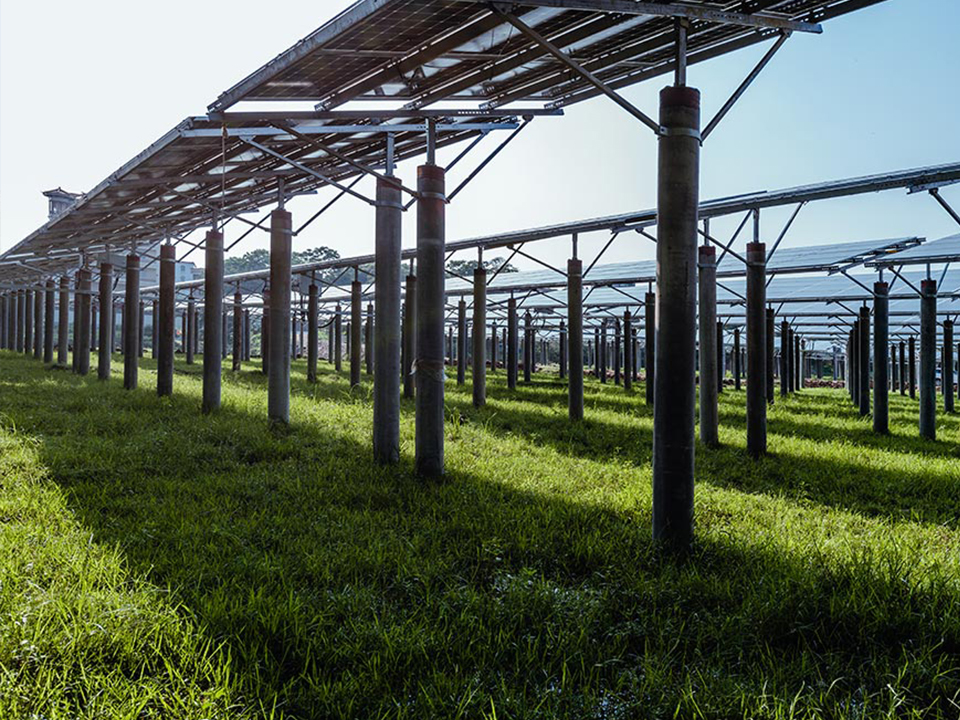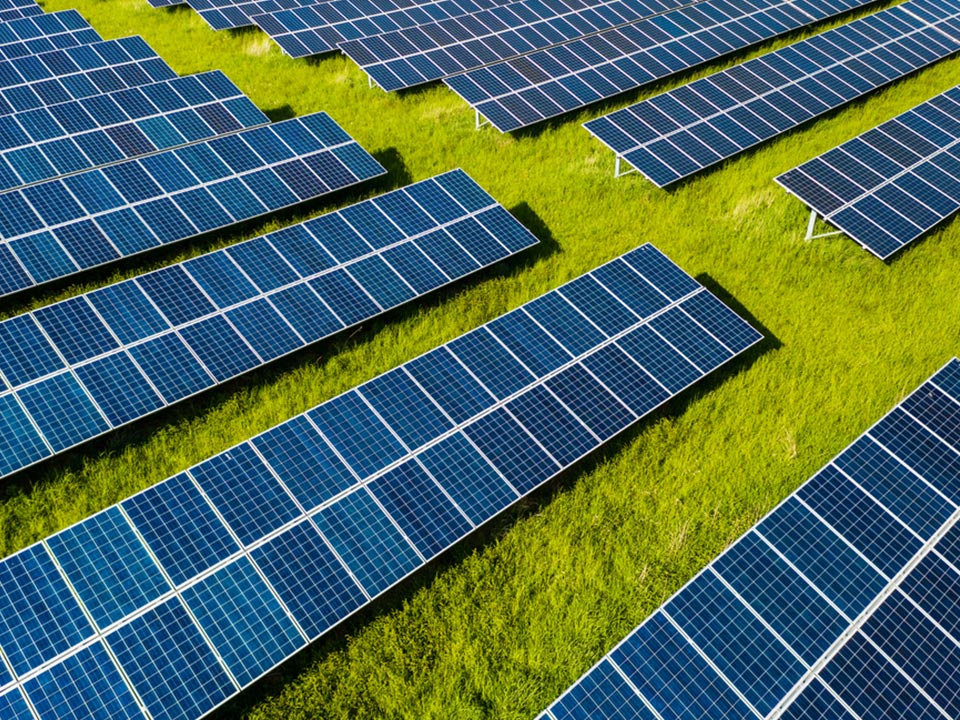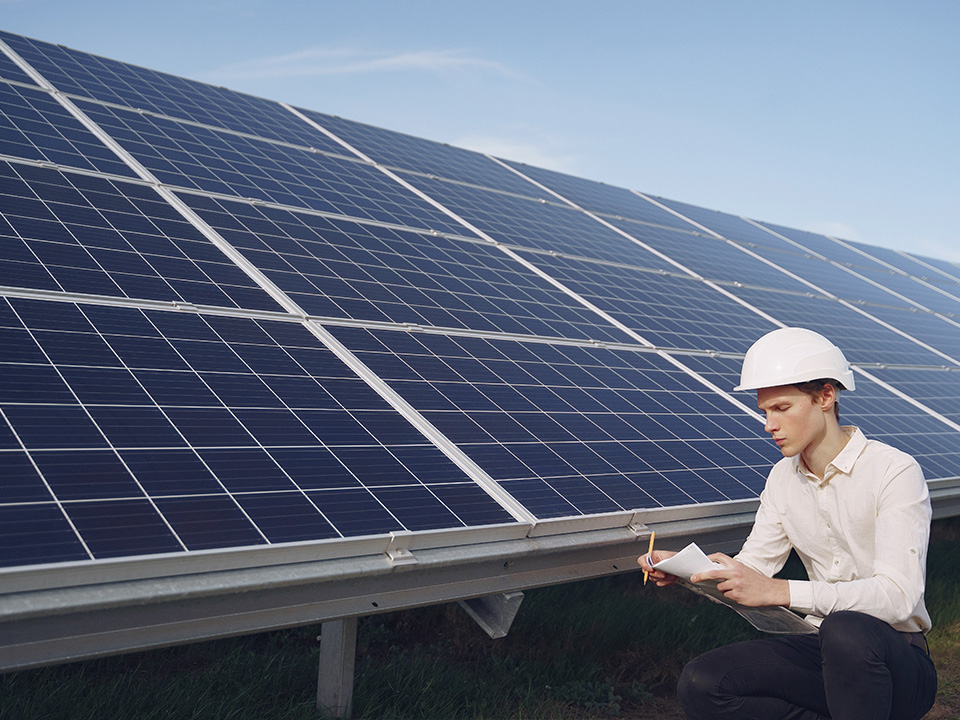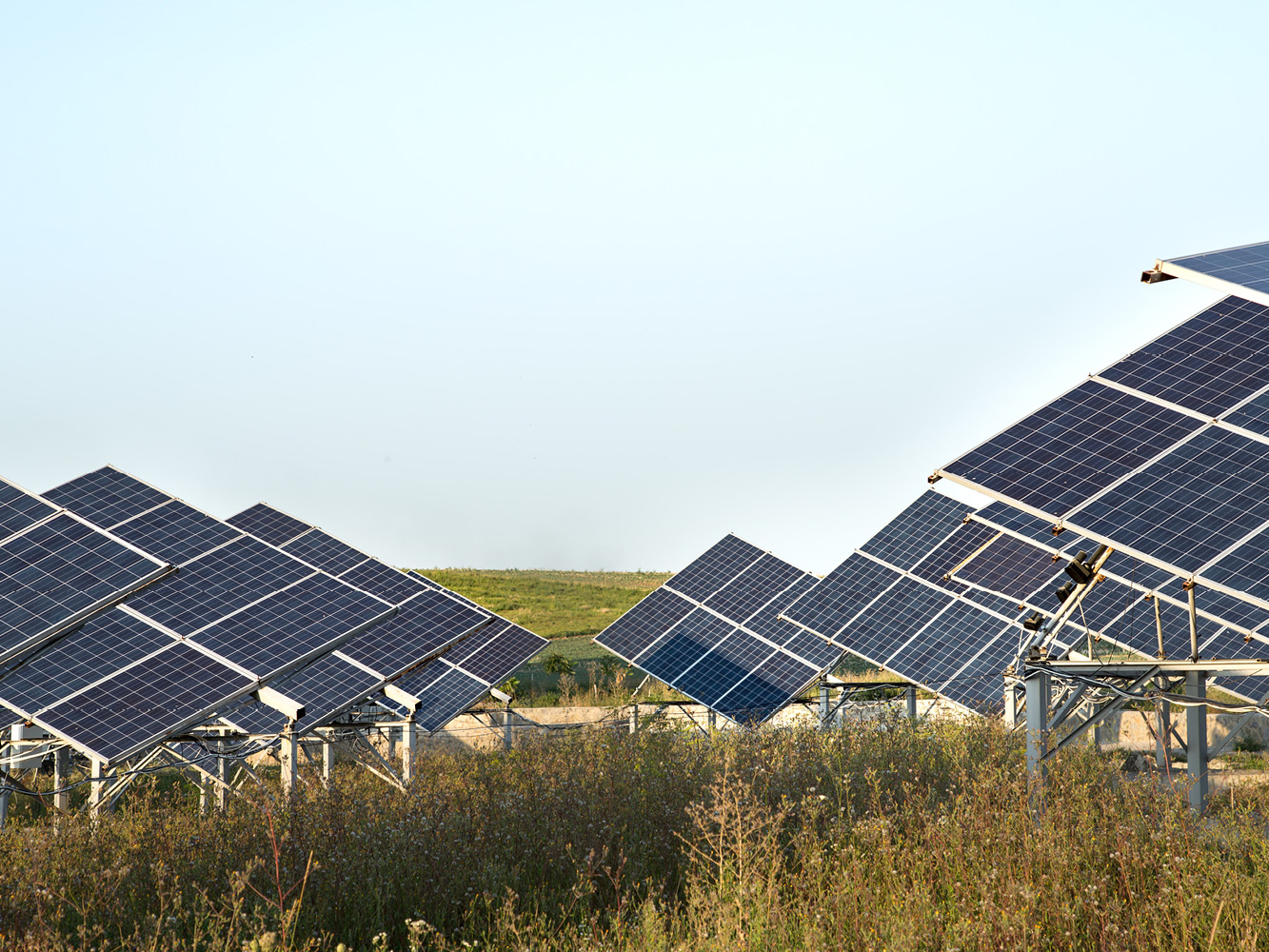
Results of U.S. research show that the temperatures of photovoltaic modules installed in agricultural areas can be up to 10 degrees lower than those in parks installed on the ground and without vegetation.
Actually, solar panels in agrovoltaic systems are more efficient and even last longer, precisely because of the greater passive cooling of the modules themselves, due to the special microclimate that comes with this type of installation.
And recent research from the U.S.-based Cornell University, published in Applied Energy under the title “The potential for agrivoltaics to enhance solar farm cooling,” has proven this once and for all.
In fact, researchers investigated the potential of photovoltaics in agriculture, with a focus on the performance of modules installed 4 meters above the ground, with an underlying soybean crop, compared to a traditional ground-mounted photovoltaic system, with modules mounted half a meter above bare ground. A computational microclimatic model was developed from an extensive experimental data base to understand how the structure of an agrovoltaic park can affect the surface temperature of PV panels and more generally the microclimate.
The effects on PV modules of several factors were analyzed, including: height of panels above the ground, evapotranspiration of plants, and ground albedo, that is, the incident solar radiation reflected in all directions from a given surface, in practice its reflective power.
The most relevant result, the study authors explain, is that PV modules installed 4 meters above the ground, with soybean crops underneath, have temperatures up to 10 °C lower than panels installed 0.5 meters above bare ground, not covered by vegetation.
This is mainly due to the passive cooling of the modules, evapotranspiration (water vapor released by plants and soil) and the lower albedo effect of the soil. These results, explain researchers in the study summary, indicate that soil conditions and panel heights play an important role in the cooling of photovoltaic parks and that agrovoltaic systems can help address the dual energy and food crises by improving solar photovoltaic conversion efficiencies and enabling agricultural production on the same land.


